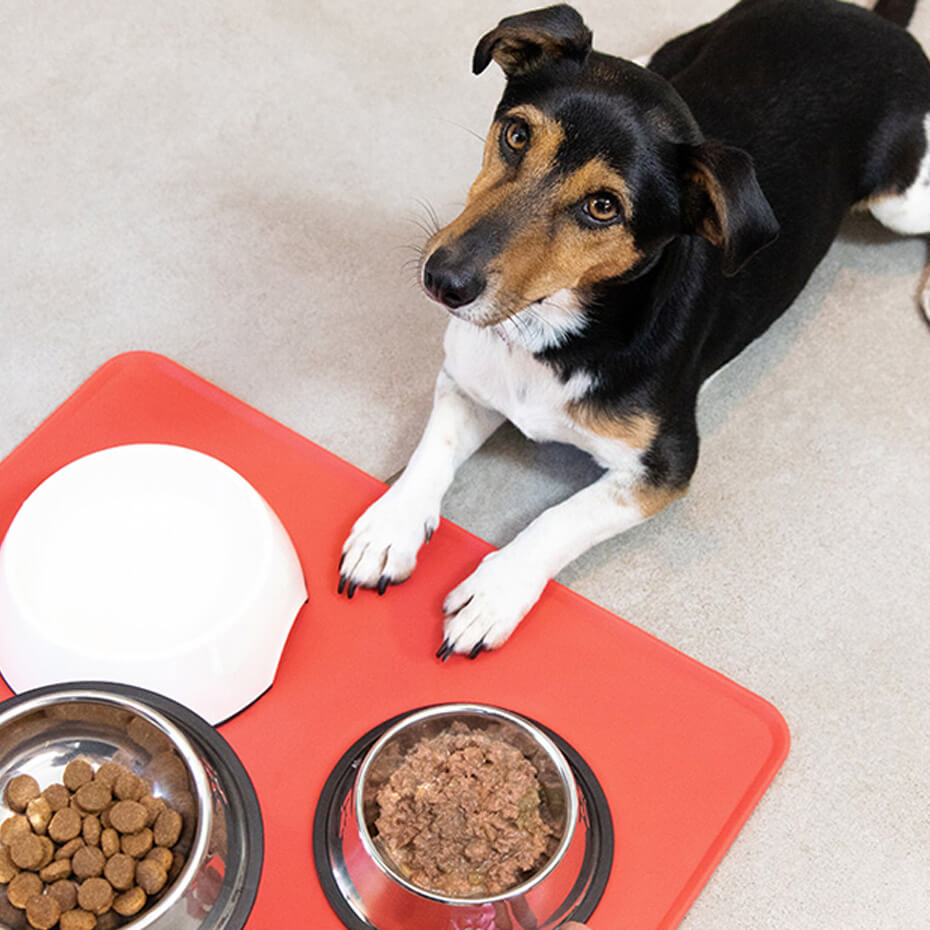
We tend to think that dog’s teeth are different from our own human ones, but in fact they can have many of the same dental health problems. One of these is cavities, which are small holes or weaknesses in the tooth.
We explore what cavities in dogs really are, what they look like, how they’re diagnosed and how to prevent them from occurring in your dog.
What are cavities in dogs' teeth?
Cavities in dog’s teeth are small holes in the tooth caused by decay. They tend to appear as a result of a build-up of bacteria in the dog’s mouth. Once bacteria have started to build up it produces a type of acid, which, if left untreated, eats away at a dog’s teeth and causes a loss of calcium which is normally found in the enamel of its tooth. Once this calcium is lost, the tooth begins to decay and you may start to see small holes or cavities appear.
The good news for pet owners is that cavities in dogs are rarer than cavities in human teeth. This is in part because of the way a dog’s teeth are shaped. As humans, we have teeth in our mouth that have a horizontal crown shape, meaning they have flat sides and tops. This shape allows food deposits to naturally sit in and between the teeth, which can then encourage bacterial growth.
Most of a dog’s teeth are separate and shaped like a pointy cone. This conical shape makes it harder for food deposits to be retained on the teeth surface, which in turn makes it harder for bacteria to grow. The exception to this is the molar teeth at the back of the mouth. Dogs also have saliva of a more alkaline pH which can help reduce acids and the risk of dog cavities.
This being said, bacteria and cavities can still form in your dog’s mouth, so it’s important to keep a good dental health routine and regularly check for any issues.

What do dog cavities look like?
Dog cavities can be difficult to spot for a pet owner. When searching for a cavity you should keep an eye out for any small, darker holes that may appear on your dog’s tooth. The holes themselves tend to look small on the outside and then can get larger inside the tooth.
Diagnosing cavities in dogs
When diagnosing cavities in dogs your vet will first need to identify the severity of the cavity and the damage it has caused. This usually requires the use of a probe and may need to be done under an anaesthetic. From there your vet will diagnose your dog with a stage for the cavity in its mouth. This stage will be one of the five following:
- Stage 1 - Only enamel affected.
- Stage 2 - Enamel and dentine affected.
- Stage 3 - Enamel, dentine, and pulp chamber affected.
- Stage 4 - Structural crown damage.
- Stage 5 - Majority of crown lost, roots exposed.
Once the stage has been identified, the vet will be able to prescribe a treatment that may include removing the affected tooth.
Recovering from dog cavity treatments
If your dog has had to undergo surgery due to their cavity, you will need to monitor their behaviour and their mouth closely. If you notice anything abnormal in either of these then you should inform your vet who will be able to give further advice. Special attention should be given when examining the area of the mouth your dog has had treatment on. It’s likely after surgery your dog will be prescribed with pain relief or antibiotic medicine. Your vet may also recommend that you change your dog’s diet for a few days after the surgery.
It is also important to make sure your pet has a scheduled follow up appointment after the surgery to make sure that everything has healed well.
Preventing cavities in dogs
The best way to reduce the risk of cavities appearing in your dog’s mouth is to make sure you have a good dental health routine set up for your pet. This includes regularly brushing your dog’s teeth and providing them with dental chews.
Find out more about how to look after your dog’s teeth with our handy article, next.











